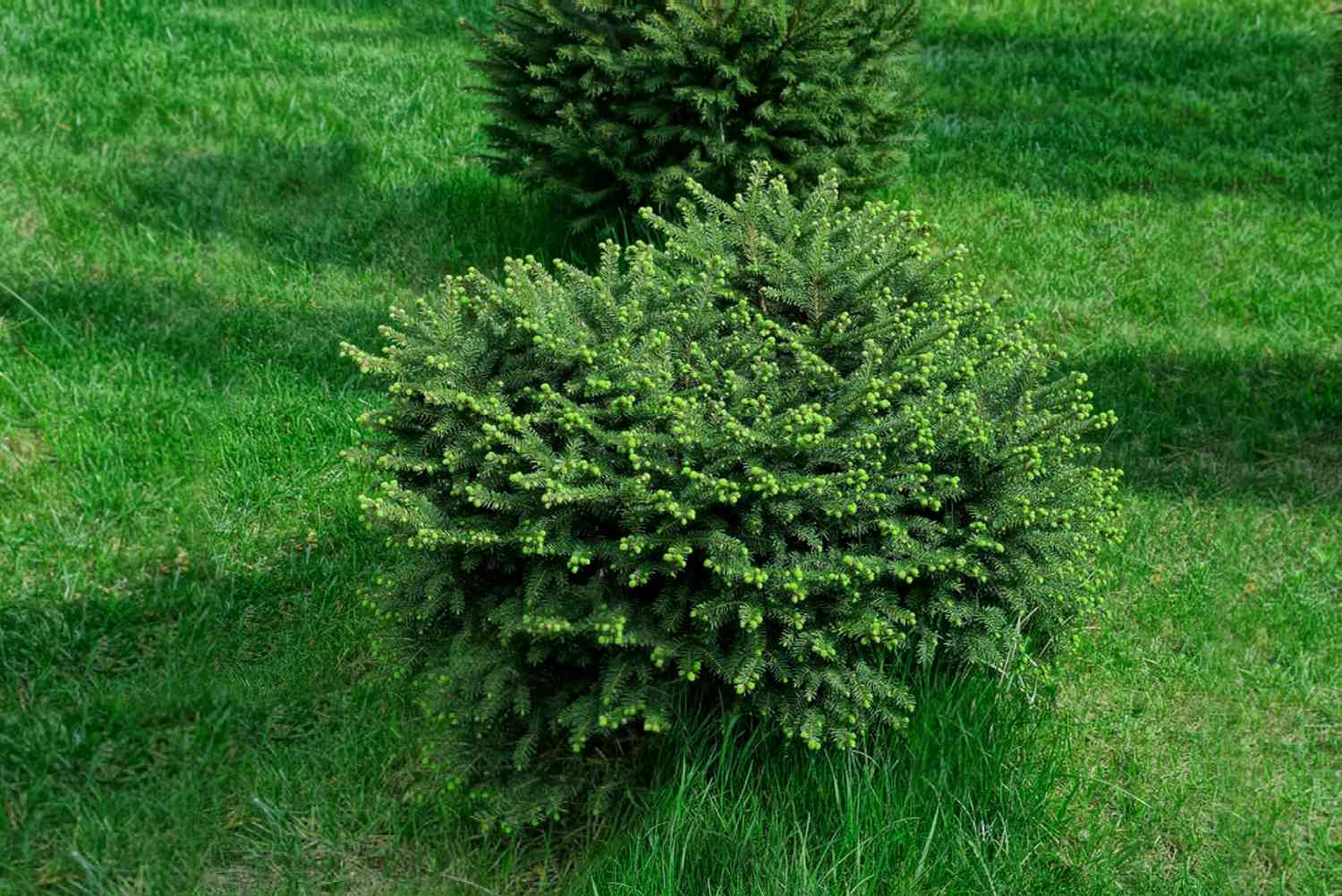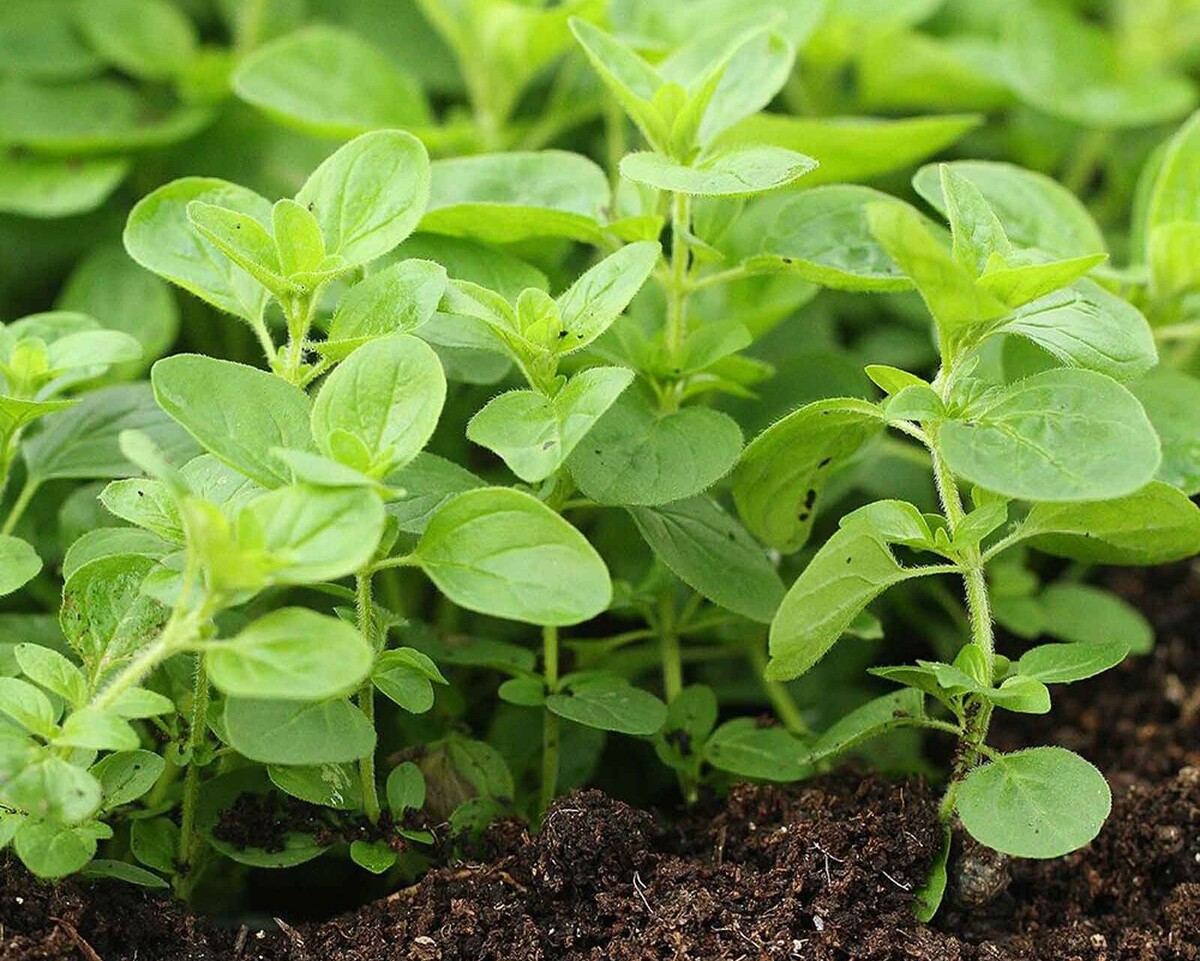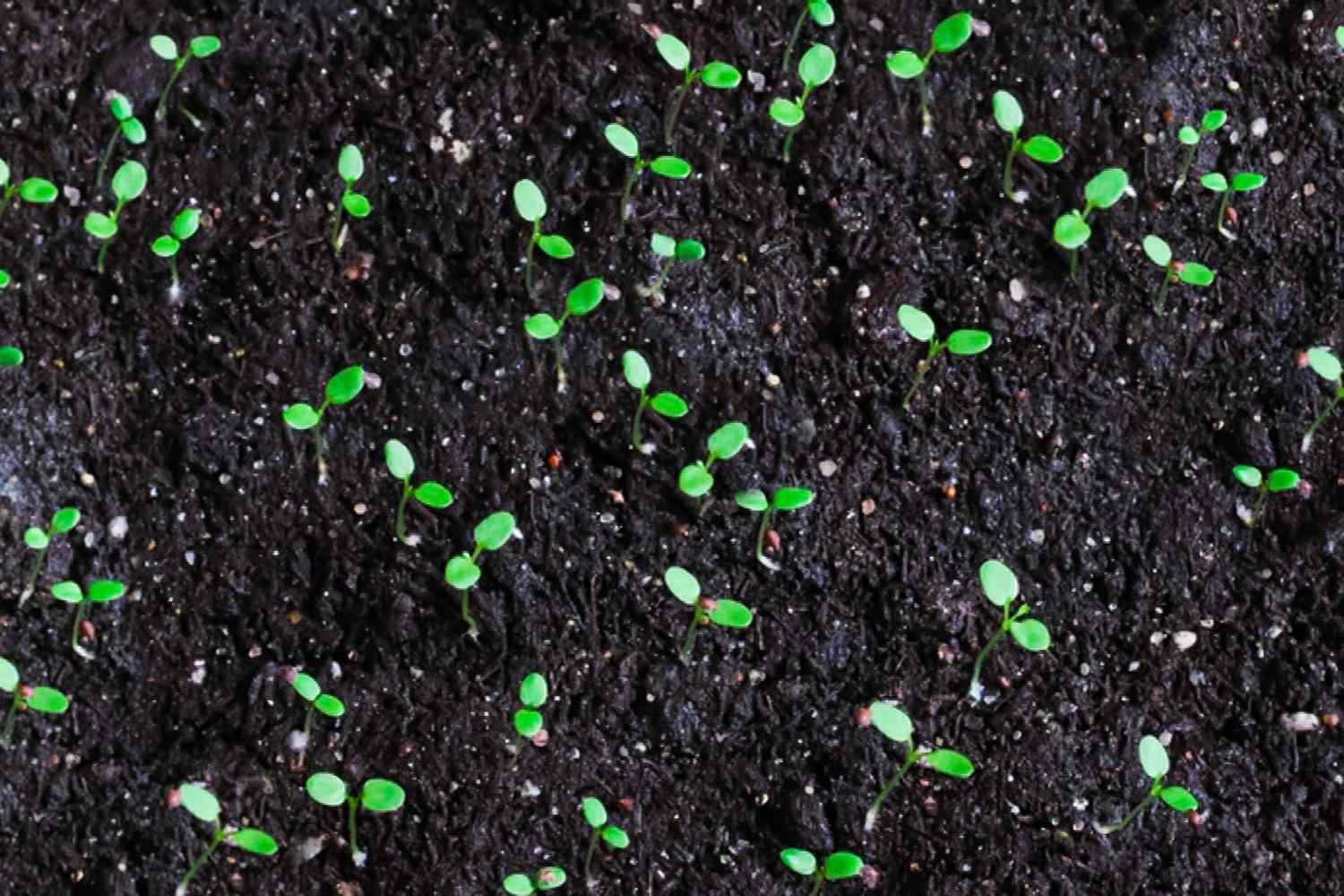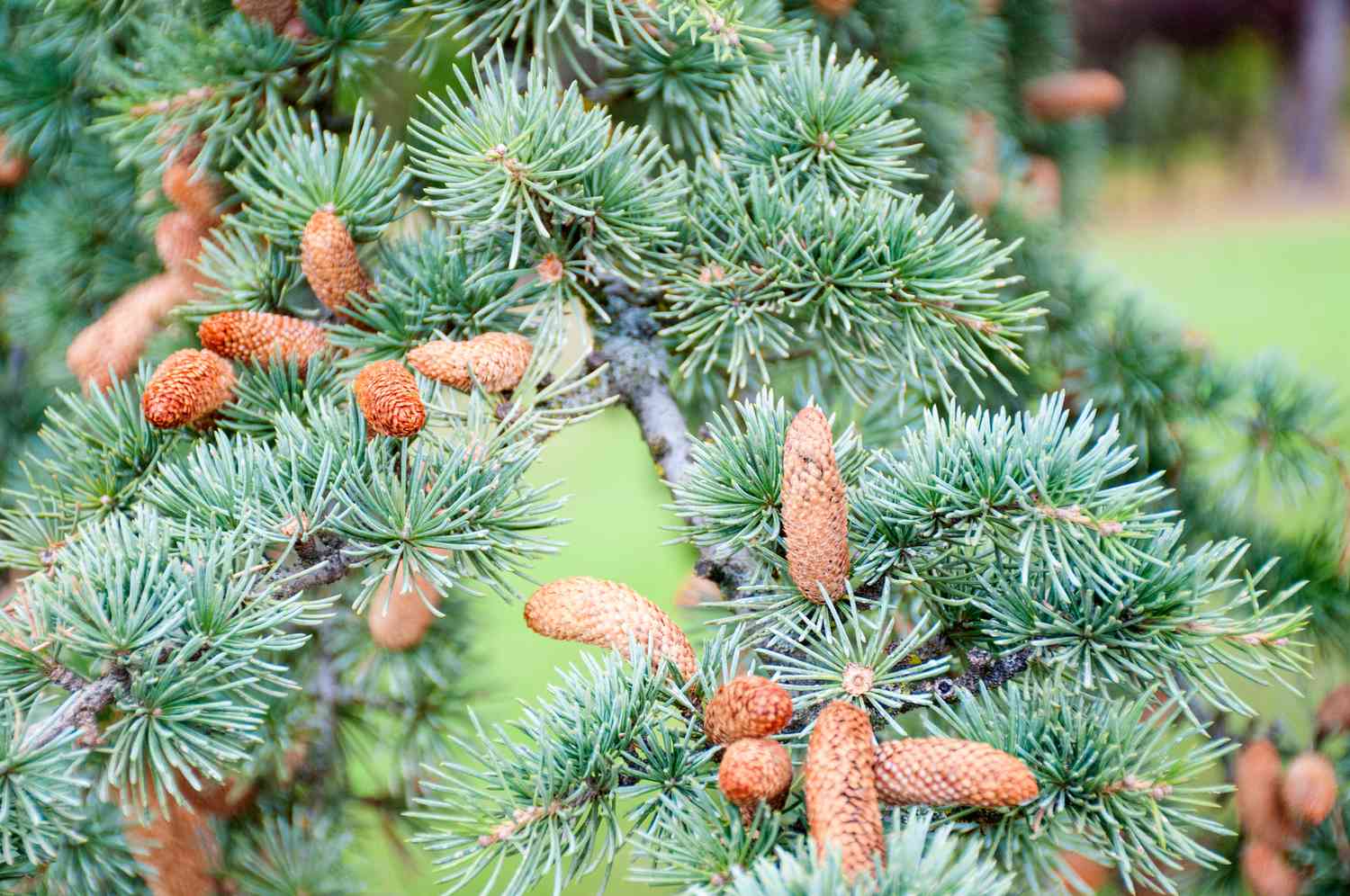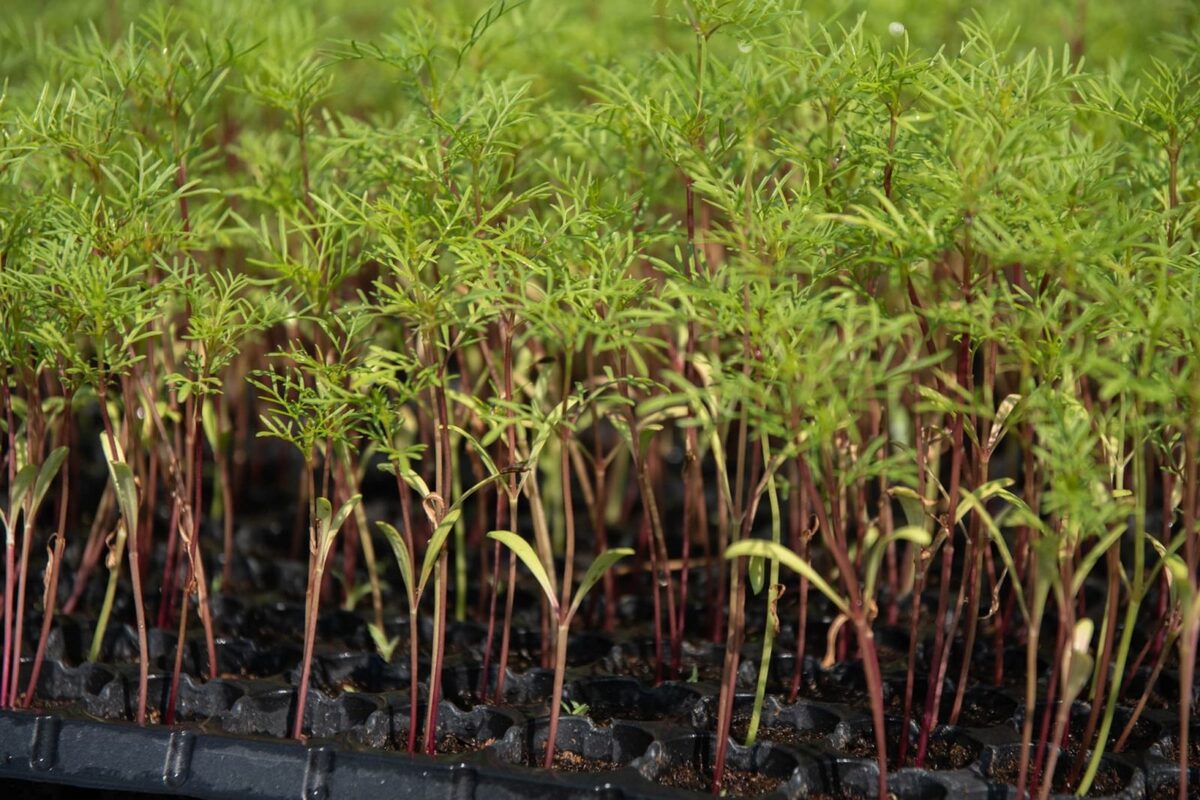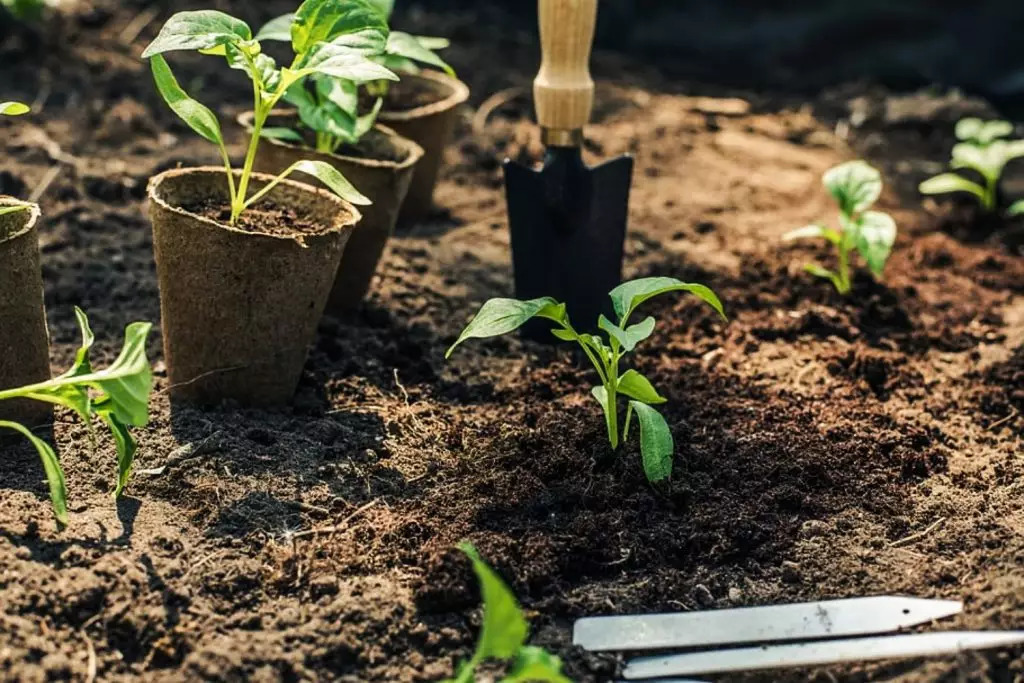Home>Types of Gardening>Ornamental Gardening>What Do Bee Balm Seeds Look Like
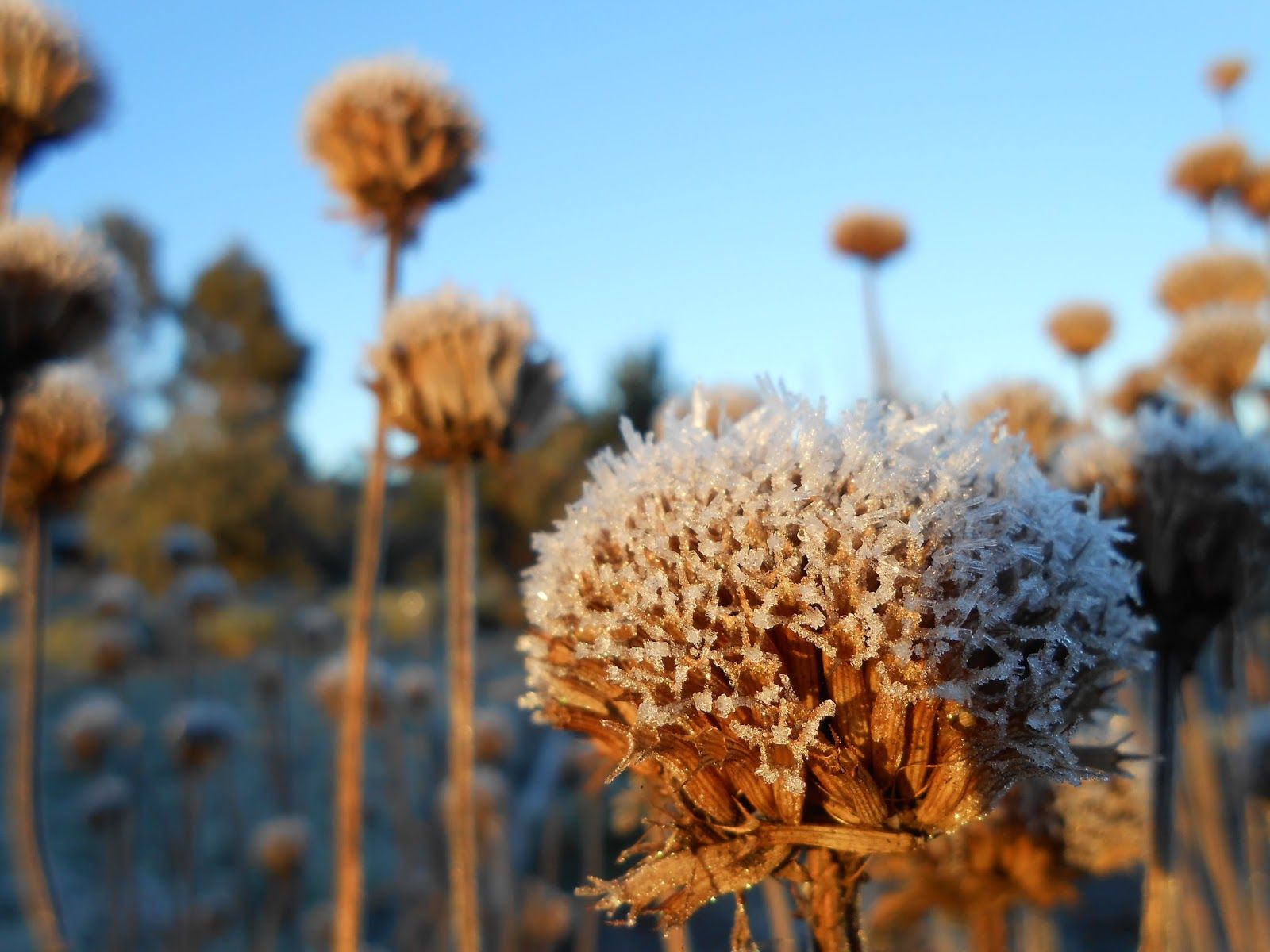

Ornamental Gardening
What Do Bee Balm Seeds Look Like
Modified: February 6, 2024
Discover the appearance of bee balm seeds in ornamental gardening. Learn what bee balm seeds look like and how to cultivate them for a vibrant garden.
(Many of the links in this article redirect to a specific reviewed product. Your purchase of these products through affiliate links helps to generate commission for Chicagolandgardening.com, at no extra cost. Learn more)
Table of Contents
Introduction
Welcome to the fascinating world of ornamental gardening! If you have ever wanted to bring beauty and vibrancy to your outdoor space, then you are in the right place. In this article, we will delve into the topic of Bee Balm seeds and explore their physical characteristics, as well as the germination process.
Bee Balm, also known by its scientific name Monarda, is a stunning flowering plant that is native to North America. With its vibrant colors and attractive blooms, it is a popular choice among gardeners who want to add a touch of elegance and allure to their gardens.
But before we dive into the details of Bee Balm seeds, let’s take a moment to understand the significance of these seeds in the grand scheme of ornamental gardening. Bee Balm seeds serve as the starting point for the entire growth cycle of this beautiful plant. They hold within them the potential to give rise to stunning flowers that attract pollinators like bees, butterflies, and hummingbirds.
By planting Bee Balm seeds, you can create a haven for pollinators in your garden, contributing to the preservation of these essential creatures and the overall biodiversity of your ecosystem. Additionally, these seeds give you the opportunity to cultivate your own unique and beautiful flower display, showcasing your personal taste and creativity.
Now that we understand the importance of Bee Balm seeds, let’s delve into their physical characteristics and unravel the mysteries of their appearance and texture. Join us as we explore the remarkable world of Bee Balm seeds and discover the wonders they hold within.
Importance of Bee Balm Seeds
Bee Balm seeds play a crucial role in the realm of ornamental gardening. Not only do they hold the potential to create a vibrant and colorful garden display, but they also serve as a valuable resource for pollinators, contributing to the overall health of our ecosystems.
One of the key attractions of Bee Balm is its ability to attract bees, butterflies, and hummingbirds. These pollinators are essential for the reproduction of plants, as they transfer pollen from the male parts of a flower to the female parts, enabling fertilization and the production of seeds. By planting Bee Balm seeds, you are creating a habitat that provides nectar and pollen to these pollinators, supporting their populations and helping to maintain biodiversity.
In addition to their importance for pollinators, Bee Balm seeds offer a unique opportunity for gardeners to unleash their creativity and create stunning floral displays. These seeds come in a range of colors, from vibrant reds and pinks to soft purples and whites, allowing you to customize your garden to suit your own personal style and aesthetic preferences.
Furthermore, Bee Balm seeds are relatively easy to grow and care for, making them an excellent choice for novice gardeners or those with limited gardening experience. With a little bit of attention and regular watering, these seeds can germinate and grow into gorgeous plants that will brighten up your garden for years to come.
Another advantage of Bee Balm seeds is their ability to thrive in a variety of soil conditions. Whether you have clay soil, loamy soil, or sandy soil, Bee Balm can adapt and thrive, provided it receives adequate sunlight and water. This versatility makes Bee Balm seeds a suitable choice for a wide range of gardeners, regardless of their location.
In summary, Bee Balm seeds are not just a means to achieve a beautiful garden; they also contribute to the well-being of pollinators and the overall balance of our ecosystems. While planting these seeds, you are not only creating a striking visual display but also providing a valuable food source for bees, butterflies, and hummingbirds. So, get ready to sow your Bee Balm seeds and witness the wonders they bring to your garden.
Physical Characteristics
Understanding the physical characteristics of Bee Balm seeds is essential for successful cultivation and propagation. Let’s explore the various aspects that make these seeds unique and fascinating.
Color: Bee Balm seeds exhibit a range of colors that can vary depending on the specific variety. Common colors include shades of brown, ranging from light tan to dark brown. Some seeds may even have speckles or patterns on their surface, adding to their visual appeal.
Size: The size of Bee Balm seeds can also vary, but on average, they are relatively small. They typically measure around 1-2 millimeters in diameter. While they may seem tiny, these seeds contain the genetic instructions to grow into magnificent flowering plants.
Shape: Bee Balm seeds have an oval shape, resembling small beads or pills. This shape allows them to be easily picked up and dispersed by pollinators and birds, aiding in the natural dispersal process.
Texture: When you touch Bee Balm seeds, you will notice their smooth and slightly shiny texture. This texture helps protect the seeds from external damage and ensures their integrity as they are transported and buried in the soil.
Observing the physical characteristics of Bee Balm seeds can be a fascinating experience. These small, yet resilient, seeds possess a beauty that speaks volumes about the plants they have the potential to become. By recognizing the distinct color, size, shape, and texture of these seeds, you can better appreciate the miracles of nature in your own hands.
Color of Bee Balm Seeds
The color of Bee Balm seeds is a fascinating aspect that adds to their allure. While the primary focus when it comes to Bee Balm is often the vibrant hues of its flowers, the seeds themselves have their own unique color palette.
Bee Balm seeds typically exhibit colors that range from shades of brown, encompassing a spectrum of tones and variations. These can include light tan, medium brown, and even dark brown. The specific shade of brown can vary depending on the variety of Bee Balm.
What makes the color of Bee Balm seeds even more intriguing is the potential presence of speckles or patterns on their surface. Some seeds may display speckles or markings in contrasting shades, further enhancing their visual appeal. These patterns can be random or more organized, creating a delightful and intricate mosaic on the seed’s surface.
The varying shades of brown and the occasional patterns on Bee Balm seeds serve more than just aesthetic purposes. The coloration of the seeds not only protects them from harsh environmental conditions, but it also aids in their natural dispersal. As the seeds fall from the spent flowers, their brown hue blends with the surrounding vegetation, allowing them to go unnoticed by potential seed predators.
Moreover, the color of Bee Balm seeds can also attract certain seed-dispersing animals. Some birds, for example, are attracted to the shades of brown, perceiving it as a potential source of food. By consuming the seeds and then dispersing them in their droppings, these animals play a crucial role in spreading Bee Balm seeds to different locations.
When planting Bee Balm seeds, their color can serve as a visual cue, providing a sense of connection to the natural world. The myriad of browns and patterns on the seeds offer a glimpse into the intricate and awe-inspiring beauty of nature’s designs.
So, the next time you hold a Bee Balm seed in your hands, take a moment to marvel at its unique coloration. Appreciate the varying shades of brown and the subtle artwork etched upon its surface, knowing that within this tiny seed lies the potential to grow a magnificent flowering plant.
Size of Bee Balm Seeds
The size of Bee Balm seeds may be small, but their impact in the world of ornamental gardening is significant. Understanding the size of these seeds is crucial for successful planting and propagation.
On average, Bee Balm seeds measure around 1-2 millimeters in diameter. Although they may seem tiny, their small size is packed with potential and contains the genetic instructions needed to grow into beautiful Bee Balm plants.
The compact size of Bee Balm seeds is advantageous in several ways. Firstly, their small stature allows for efficient and effortless transportation. This enables various dispersal mechanisms, such as wind, water, and animals, to carry the seeds to new locations. The small size also makes it easier for pollinators, like bees and butterflies, to gather and carry the seeds, inadvertently aiding in their dispersal.
Furthermore, the small size of Bee Balm seeds makes them ideal for planting and sowing in environmentally friendly ways. These tiny seeds can be easily dispersed over a designated area, ensuring an even distribution of the plants when they germinate. It also allows for precise planting, especially when sowing seeds in pots or small containers.
Despite their small size, Bee Balm seeds hold immense potential and possess the ability to transform into stunning flowering plants. Each seed contains all the necessary genetic information needed for growth and development. With the right conditions, proper care, and a little patience, these small seeds will germinate and flourish, bringing beauty and vibrancy to your garden.
So, the next time you hold a Bee Balm seed in your palm, marvel at its tiny size and reflect on the incredible journey that lies within. From this minute seed, a magnificent plant will emerge, showcasing the wonders of nature and the resilience of life.
Shape of Bee Balm Seeds
The shape of Bee Balm seeds is an intriguing characteristic that adds to the wonder of these tiny natural marvels. When examining Bee Balm seeds, you will notice their distinctive shape, reminiscent of small beads or pills.
The seeds of Bee Balm plants are oval-shaped, with a smooth and slightly curved surface. This shape allows them to be easily handled and dispersed by various agents, including wind, water, and animals. The rounded edges of the seeds facilitate their movement and minimize the risk of getting stuck or lodged in unfavorable places.
The oval shape of Bee Balm seeds also plays a crucial role in their dispersal by pollinators. As bees, butterflies, and other insects land on the flowers to collect nectar and pollen, they inadvertently come into contact with the seeds. The curved shape of the seeds allows them to adhere to the legs, bodies, or hairs of these pollinators, effectively hitching a ride to new locations. When the pollinators visit other flowers, the seeds may brush off and fall, potentially germinating and giving rise to new plants.
Furthermore, the shape of Bee Balm seeds contributes to their overall resilience and protection. The rounded contour helps to prevent the seeds from getting damaged during transportation or when they fall to the ground. The smooth surface of the seeds serves as a protective layer, shielding them from external elements that could potentially harm their viability.
While the shape of Bee Balm seeds may seem simple at first glance, it serves a crucial purpose in their survival and dispersal. Their oval shape ensures effective movement and attachment to various agents, allowing the seeds to find their way to new locations and flourish.
So, the next time you hold a Bee Balm seed in your hand, take a moment to appreciate its unique shape. Reflect on the wonders of nature’s design and the remarkable journey that each seed embarks upon, carrying within it the potential to grow into a beautiful Bee Balm plant.
Texture of Bee Balm Seeds
The texture of Bee Balm seeds is an intriguing aspect that adds to their allure and resilience. When you touch a Bee Balm seed, you will notice its smooth and slightly shiny texture.
The smooth texture of Bee Balm seeds serves multiple purposes. Firstly, it helps protect the seeds from external damage during transportation and when they come into contact with various surfaces. This protective layer ensures that the integrity of the seeds remains intact, allowing them to germinate and grow into healthy plants.
Furthermore, the smooth texture of Bee Balm seeds aids in their dispersal. The sleek surface reduces friction, enabling the seeds to slide easily when being carried by wind, water, or animals. This property is especially beneficial for efficient seed dispersal, as the seeds can travel greater distances, increasing the chances of finding optimal conditions for germination.
Additionally, the slightly shiny texture of Bee Balm seeds adds to their visual appeal. When held up to the light, the seeds may glisten or reflect a subtle sheen, creating an aesthetic appeal that further highlights their beauty.
What’s more, the smooth texture of Bee Balm seeds allows them to be easily handled and sown by gardeners. It facilitates the process of planting and ensures a smooth and even distribution of the seeds in the desired area. Whether sowing them directly in the soil or in containers, the smooth texture makes it effortless to place the seeds precisely where they need to be.
So, the next time you hold a Bee Balm seed in your hand, take a moment to appreciate its smooth and slightly shiny texture. Run your fingers over its surface, feeling its resilience and the potential it holds within. From this tiny, sleek seed, a magnificent flowering plant will emerge, adding beauty and vibrancy to your garden.
Germination Process
The germination process of Bee Balm seeds is an exciting journey that marks the beginning of their transformation into beautiful flowering plants. Understanding the steps involved in germination is crucial for successfully growing Bee Balm in your garden.
The first step in the germination process is providing the right conditions for the seeds to awaken from their dormancy. Germination requires a combination of moisture, warmth, and light. Start by planting the seeds in well-draining soil, ensuring that it is moist but not overly saturated.
Once the seeds are planted, maintaining a consistently moist environment is essential. You can achieve this by lightly misting the soil or using a gentle watering technique. It’s crucial to avoid excessive watering, as this can lead to waterlogging and damage the seeds.
Another critical factor in the germination process is providing a warm environment. Bee Balm seeds prefer a temperature range of around 70 to 75°F (21 to 24°C) for optimal germination. You can place the seed tray or pot in a warm location, such as a greenhouse or a sunny windowsill.
In addition to moisture and warmth, Bee Balm seeds also require some light to trigger the germination process. Unlike certain seeds that need darkness to germinate, Bee Balm seeds benefit from exposure to natural or artificial light. You can achieve this by placing the seed tray or pot in a well-lit area or using a grow light if necessary.
With the proper combination of moisture, warmth, and light, you will start to see signs of germination within 7 to 14 days, although it may take a bit longer for some varieties. Tiny green sprouts will emerge from the soil, indicating that the seeds have successfully germinated.
As the seedlings continue to grow, it’s essential to provide them with adequate care. Ensure they receive ample sunlight, water them regularly, and transplant them into larger containers or into the ground once they outgrow their current space.
It’s worth noting that not all Bee Balm seeds will germinate at the same time or with the same success rate. Nature has its way of ensuring diversity, and some seeds may require more time or specific conditions to germinate. Patience and attentiveness are key during this process.
By following these steps and providing the ideal conditions, you can successfully germinate Bee Balm seeds and witness the magic of new life unfolding in your garden. Enjoy the rewarding experience of nurturing these tiny seeds into thriving plants, adding beauty and fragrance to your outdoor space.
Conclusion
Exploring the world of Bee Balm seeds has opened our eyes to the wonders of ornamental gardening. These small seeds hold immense potential, not only to create stunning floral displays but also to support and sustain vital pollinators in our ecosystems.
From their varying colors, including shades of brown and intricate patterns, to their small yet mighty size, Bee Balm seeds captivate with their physical characteristics. Their oval shape and smooth texture contribute to their resilience and aid in their dispersal, ensuring their survival and ability to flourish in new locations.
The germination process of Bee Balm seeds is a fascinating journey. By providing the right conditions of moisture, warmth, and light, we can awaken these dormant seeds and witness the emergence of delicate green sprouts, marking the beginning of their transformation into magnificent flowering plants.
As we care for these seedlings and watch them grow, we contribute to the beauty of our gardens and provide a welcoming habitat for bees, butterflies, and hummingbirds. The vibrant colors and enticing aromas of Bee Balm attract these pollinators, all while showcasing our personal style and creativity as gardeners.
So, whether you are an experienced gardener or someone new to the world of ornamental gardening, consider planting Bee Balm seeds. Embrace the process of germination and nurture these seeds into full-fledged plants. Experience the joy and satisfaction of knowing that you are not only creating a beautiful outdoor oasis but also playing a role in maintaining the delicate balance of our natural ecosystems.
By appreciating the physical characteristics, understanding the importance, and embracing the germination process of Bee Balm seeds, we embark on a journey of wonder, growth, and connection with the natural world. Let these remarkable seeds inspire you to cultivate a breathtaking garden filled with life, color, and the hum of pollinators. Happy gardening!

